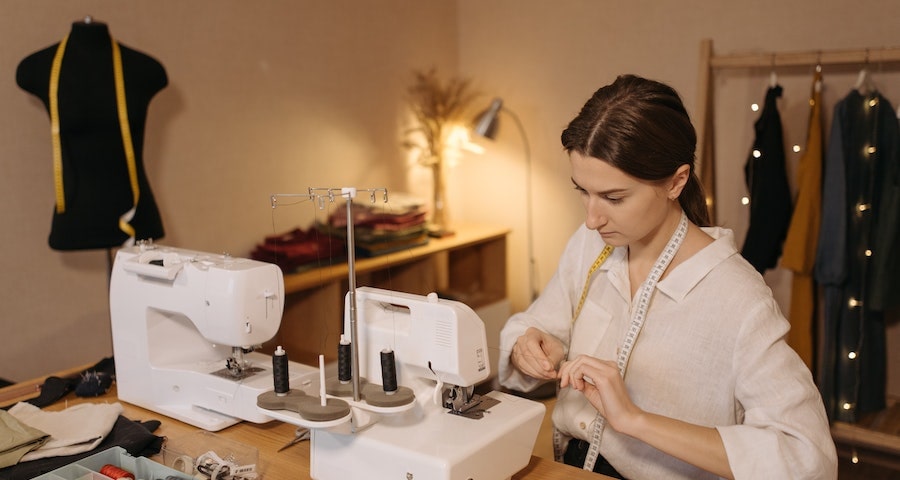
Sewing machines have come a long way from just being a tool for tailors and seamstresses. Today, with the rise of DIY and crafting projects, sewing machines have become a popular household item. There are now many different types of sewing machines in the market that cater to different needs and preferences. But with so many options to choose from, it can be overwhelming for beginners and experienced sewists alike. In this blog post, we will explore the top types of sewing machines you should check out, and what sets them apart from one another.
Contents
Mechanical Sewing Machines
The mechanical sewing machine is the most basic type in the market. They operate by using a foot pedal and have knobs and dials to adjust the stitch length, thread tension, and needle position. They are affordable, durable, and easy to maintain. They are perfect for beginners who are learning how to sew and want to handle simple projects like hemming pants or sewing a straight seam.
Electronic Sewing Machines
Electronic sewing machines are similar to mechanical machines but with more advanced features. They have computerized functions that make them easier to use for sewing enthusiasts. They can have a touchscreen display and programmable stitch sequences and can be connected to the internet to download patterns and updates. They also have automatic functions like buttonholes and needle threading, which can save time and effort.
Embroidery Sewing Machines
Embroidery sewing machines are specialized machines that can sew intricate designs on fabrics and garments. They have a wide range of embroidery designs that can be downloaded or accessed through a USB port. Some models have a large embroidery area that allows for larger designs, while others have multiple needles that can sew different colors simultaneously. Embroidery machines are perfect for those who want to personalize their clothes or create personalized gifts.
Serger Sewing Machines
Serger sewing machines, also called overlock machines, are specialized machines that can create strong and durable seams on fabrics. They can sew faster than regular sewing machines and can handle different types of fabric, including knits and woven fabrics. Serger machines can also clean finish raw edges, producing a professional-looking seam. They are used not just for clothing, but also for other projects like home decor and quilting.
Computerized Sewing Machines
Lastly, computerized sewing machines are the most advanced type of sewing machine on the market. They have a computerized interface that allows for more precise and intricate sewing. They have a wide range of stitch patterns that can be customized on a touchscreen. They also have the capability to connect to your computer or mobile device for downloading patterns and updates. They are perfect for sewing enthusiasts who demand precision and speed.
Conclusion
In conclusion, choosing the right sewing machine involves considering what type of projects you want to create, your budget, and your skill level. Each type of sewing machine offers different features and can make your sewing experience more enjoyable. Whether you are a novice or an experienced sewist, there is a sewing machine out there that will suit your needs. We hope that this guide has helped you learn more about the different types of sewing machines available and which one is best for you. Happy sewing!
